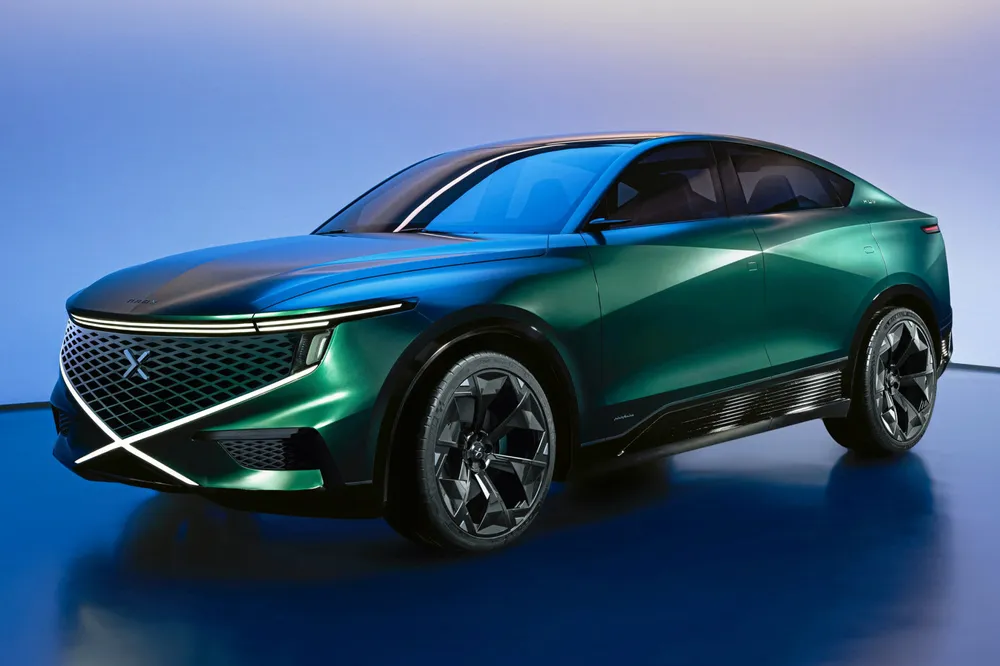Why has hydrogen car start-up NamX ditched fuel cells for H2 internal combustion engines?
For the past 18 months, the Paris-based company has billed its 'HUV' model as an H2-powered electric vehicle

For the past 18 months, the Paris-based company has billed its 'HUV' model as an H2-powered electric vehicle
